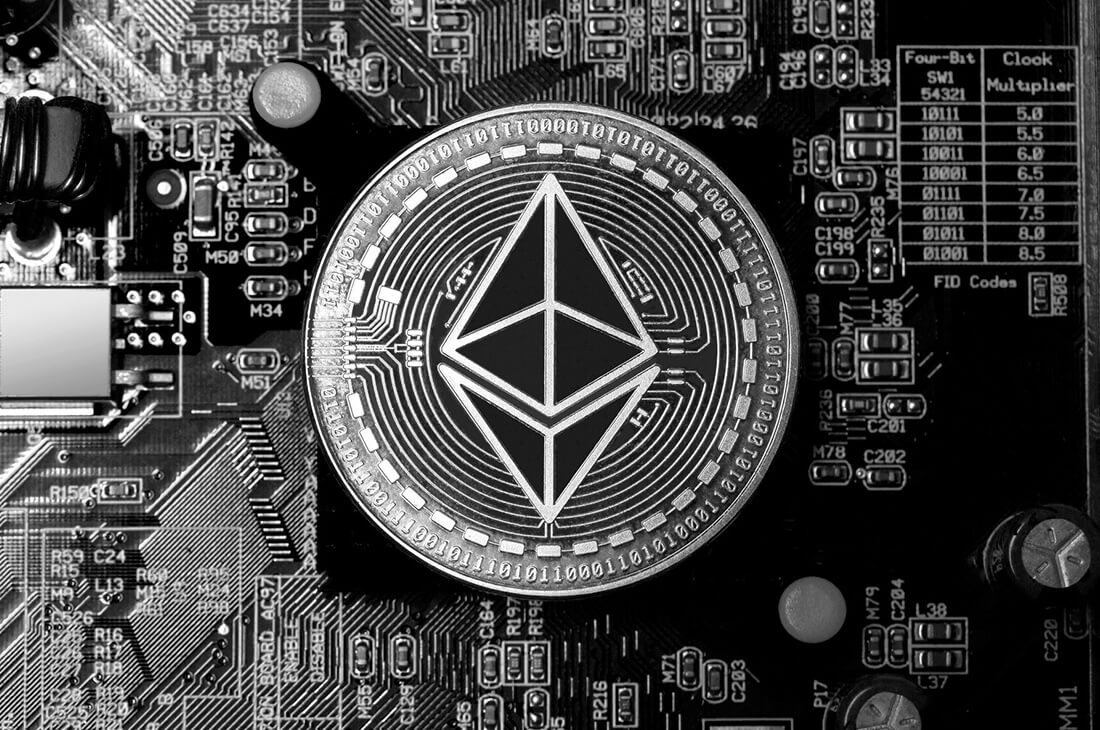If the highly-anticipated Ethereum (ETH) upgrade won’t go through blockades of further delays, it could launch as soon as July 2020. The developer firm, BitMEX, the research could push the crypto up from proof-of-work to proof-of-stake consensus.
This means that instead of solving puzzles to complete a block, miners will instead rely on a deterministic probability based on the number of coins staked at a certain time.
That said, the launch might not be as important as the firm anticipated, since most of the economic activity relies on the original blockchain. If launched, the current ETH network will run in parallel with its new version.
While that’s happening, the entire upgrade will take place several years through a transition phase from the original Ethereum to the new one. This is to help ETH 2.0 to gain as much popularity and usage as much as the first’s inception five years ago.
Of course, said the transition wouldn’t be easy, since phasing out brings out additional problems. Sharding it off was supposedly the solution to tackle scaling issues, but existing smart contracts would need to be able to move directly to the new shard chains.
The ETH branch would have to be delicately built for this to happen.
Phase 0: Beacon Chain
BitMEX still plans to hold this first stage to deal with its new proof-of-stake mechanism, which will initially work on 64 shards. Later, the second phase will integrate smart contracts onto the new Ethereum network.
Further stages will most likely launch by the first half of next year at the earliest.
In the meantime, the Beacon Chain runs on a testnet called Topaz. It’s a smaller network than the freshly launched Topaz Network from Prysmatic Labs, which launched and validated this April.
Topaz has operated on validators staking 32 ETH in minimum for the new PoS blockchain. The first staking rewards started getting paid out last weekend.














